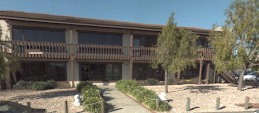
As news crews from NBC News head to Japan to report on the difficult situation following last weeks earthquake and tsunami, they will be equipped with state-of-the-art radiation detection devices from Berkeley Nucleonics, a manufacturer of nuclear detection systems in California. The radiation detectors are about the size of a doctor’s pager and fit on the belt of the user. They alarm in the presence of nuclear radiation and store accumulated dose over a period of time. The instruments were provided on Saturday afternoon as company staff met with NBC couriers in San Rafael. The rush was in an urgent attempt to meet deadlines for staff reporters who were leaving the country. Other instruments from Berkeley Nucleonics currently deployed in Japan include the SAM Isotope Identifier, see here
The ability to alarm is useful for people not expecting to encounter nuclear radiation. Accumulated dose is an added feature that allows people to continue critical work such as search and rescue with a preset total dose alarm indicating when the worker should retreat from the area.
The thresholds for acceptable doses of radiation are set by various US agencies including the US EPA, which has maintained that an accumulated dose up to 5 REM (Roentgen Equivalent in Man) is acceptable per year. For emergency workers and first responders, higher limits are allowed. See the diagram below for common activities and the related exposure rates.








